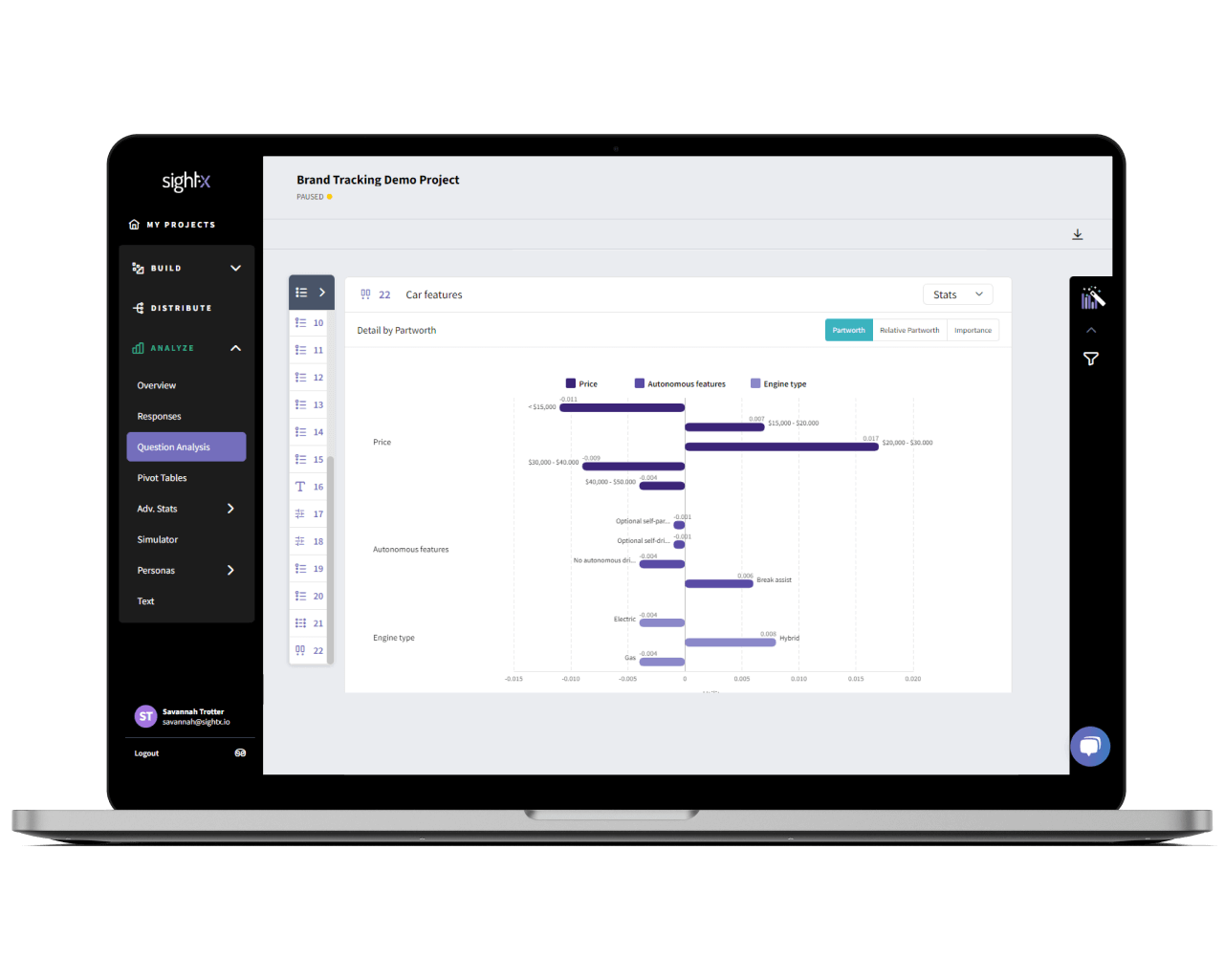Automated Conjoint Analysis Software
Optimize your products and pricing
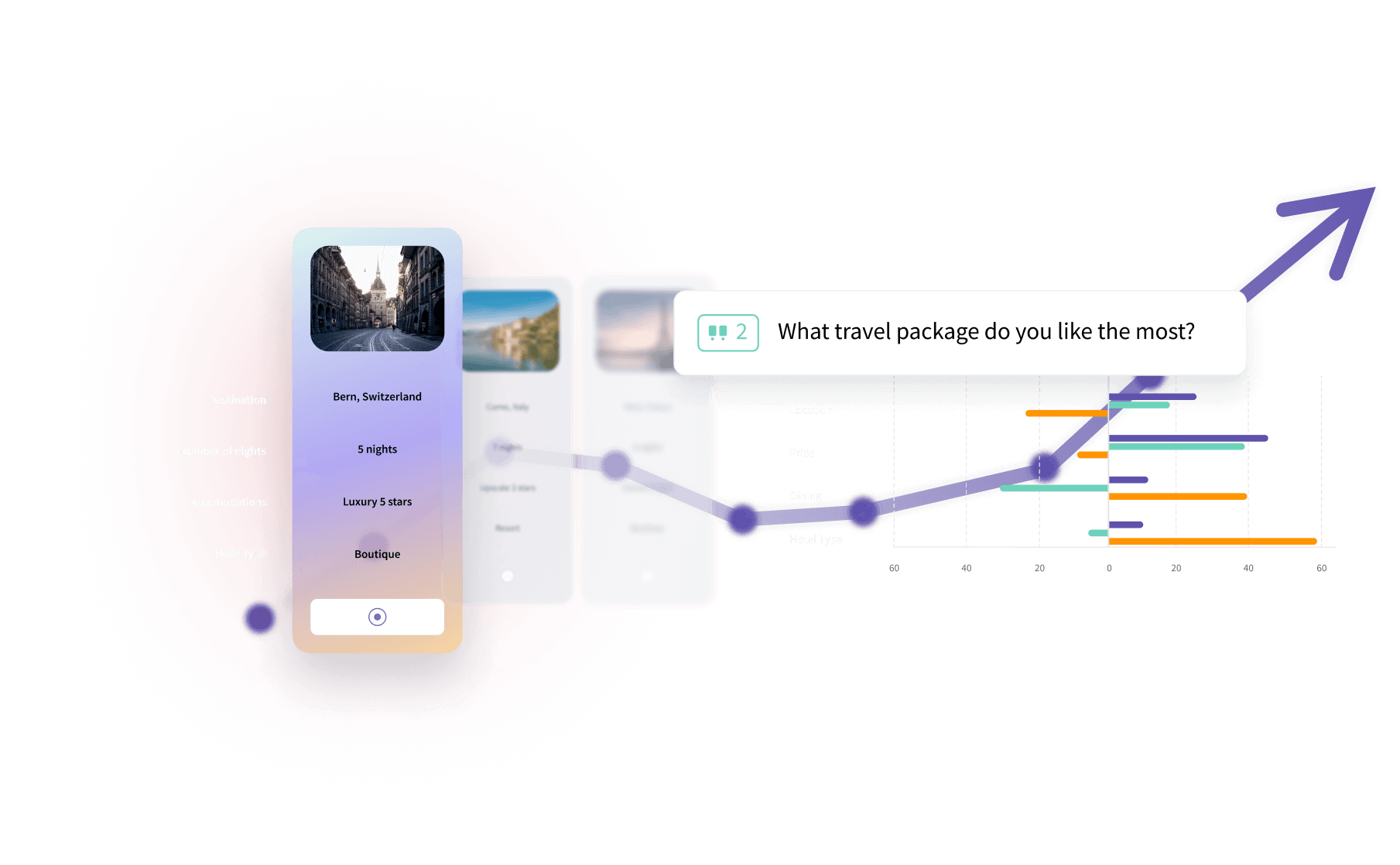
Why use Conjoint Analysis?
Conjoint analysis is a consumer research approach that measures the value people place on your offerings’ individual or packaged features and attributes. The experiment works by uncovering the rules consumers explicitly (and implicitly) use to make their purchasing decisions and mimicking the real-world trade offs made when shopping.
The results of a conjoint analysis will provide you with insights on the appeal of individual and packaged attributes. Ultimately allowing you to find the optimal feature set for your product or service.
Benefits of Conjoint Analysis
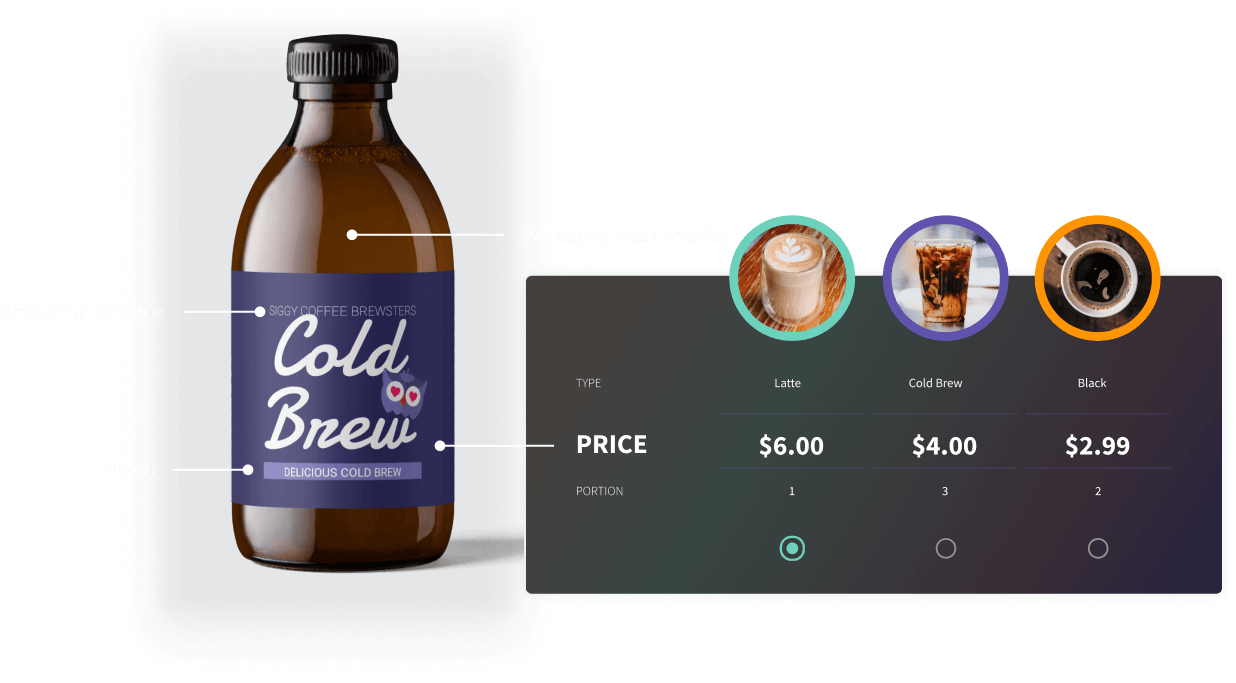
Optimize Your Offering
Discover the value people place on each aspect of your product to perfect your feature set.
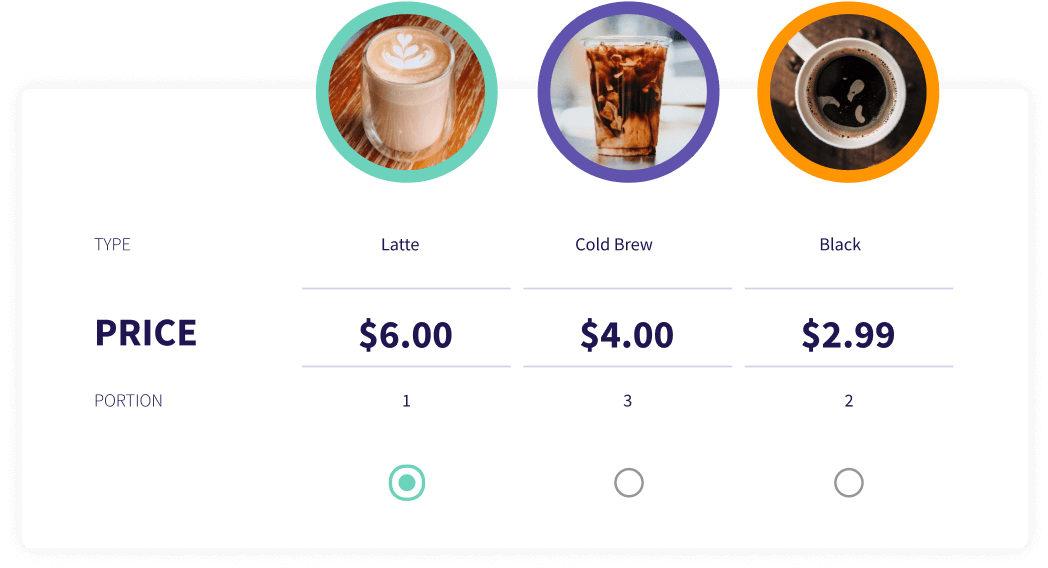
Improve Your Pricing
Test your pricing against competitors to determine sensitivity to price and feature changes.
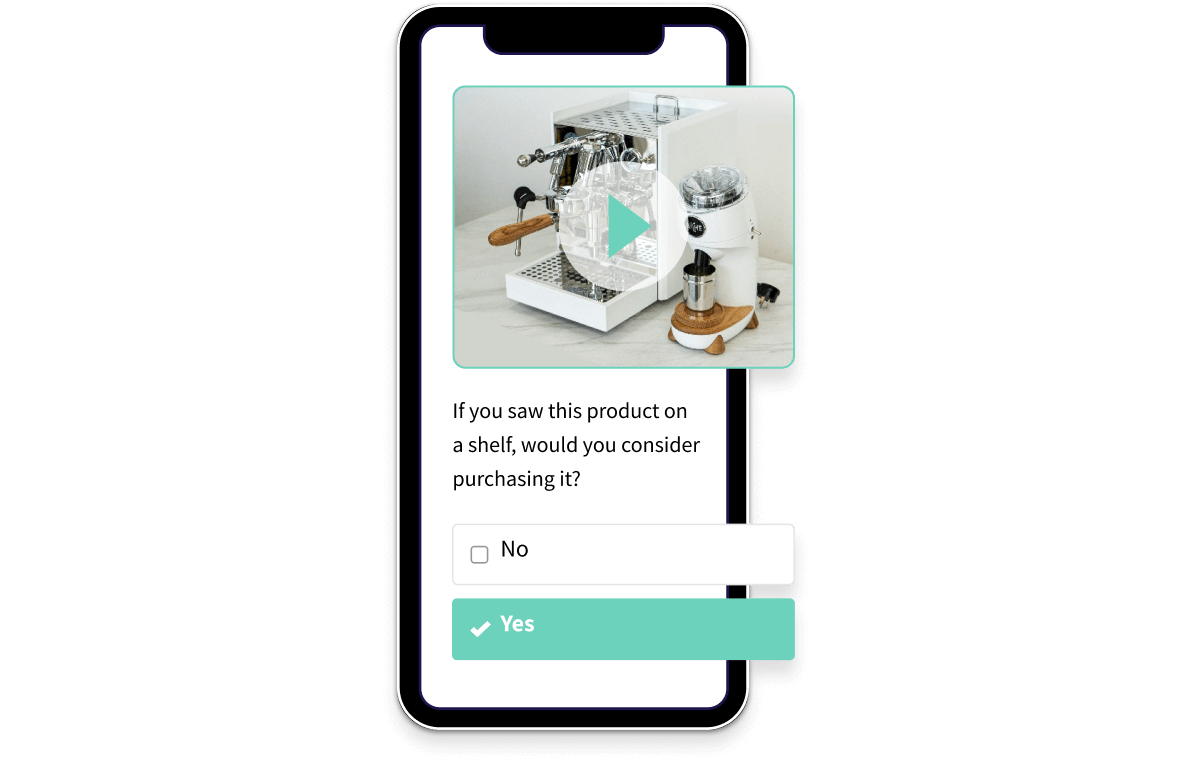
Project Market Share
Use utility scores from your conjoint analysis to simulate market share and better understand the likelihood of product adoption.

Perfect Your Messaging
Uncover the messaging and claims that resonate best with your target market.
Use SightX’s Automated Conjoint Analysis Software to…
Optimize Product Features
Test Messaging
Evaluate Pricing
Segment Customers
And so much more…
SightX Automated Conjoint Analysis Software
Conjoint Analysis Made Simple
SightX makes it easy to run a conjoint analysis no matter the level of your expertise! Just add your information and let the platform generate a balanced experiment.
Automated Analysis
The SightX platform puts a wide range of advanced automated capabilities right at your fingertips. Let our A.I. and machine learning powered platform do the heavy lifting so you can focus on what matters most: discovering key insights and gaining your competitive edge.
Flexibility
Don’t sacrifice robustness for agility. Specify your product features, set a price range, and even customize specific product configurations to test.
